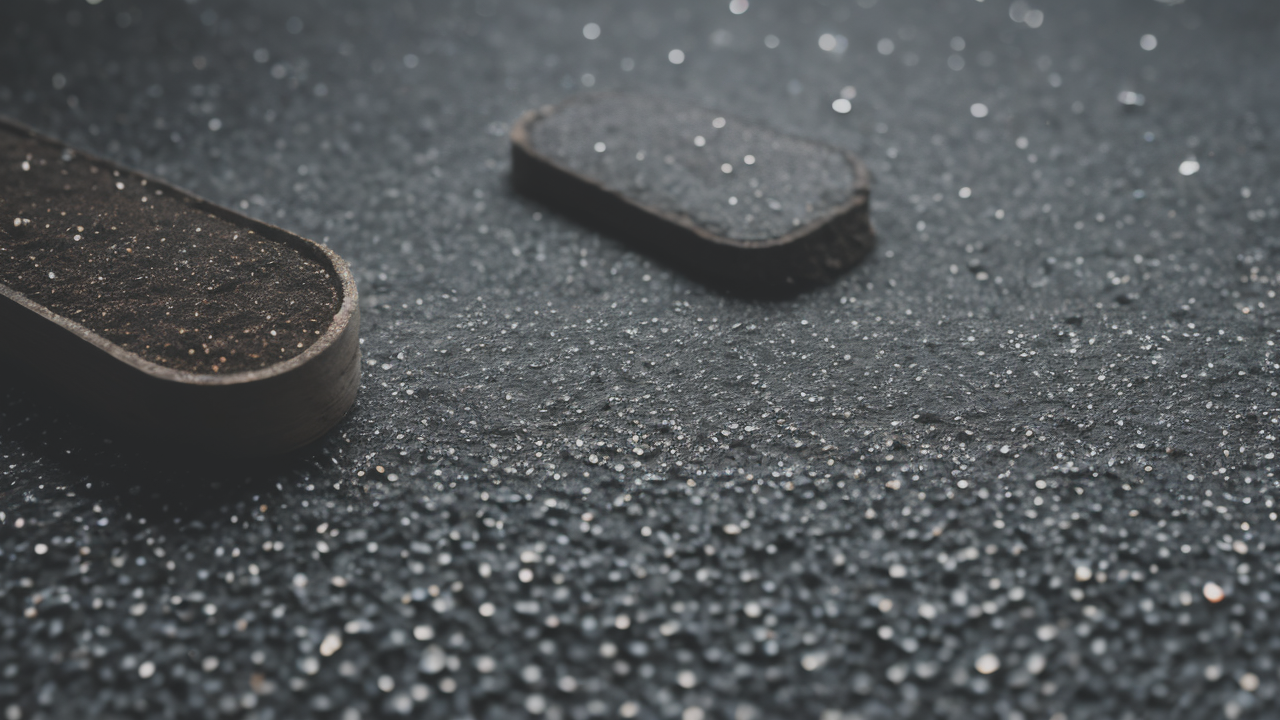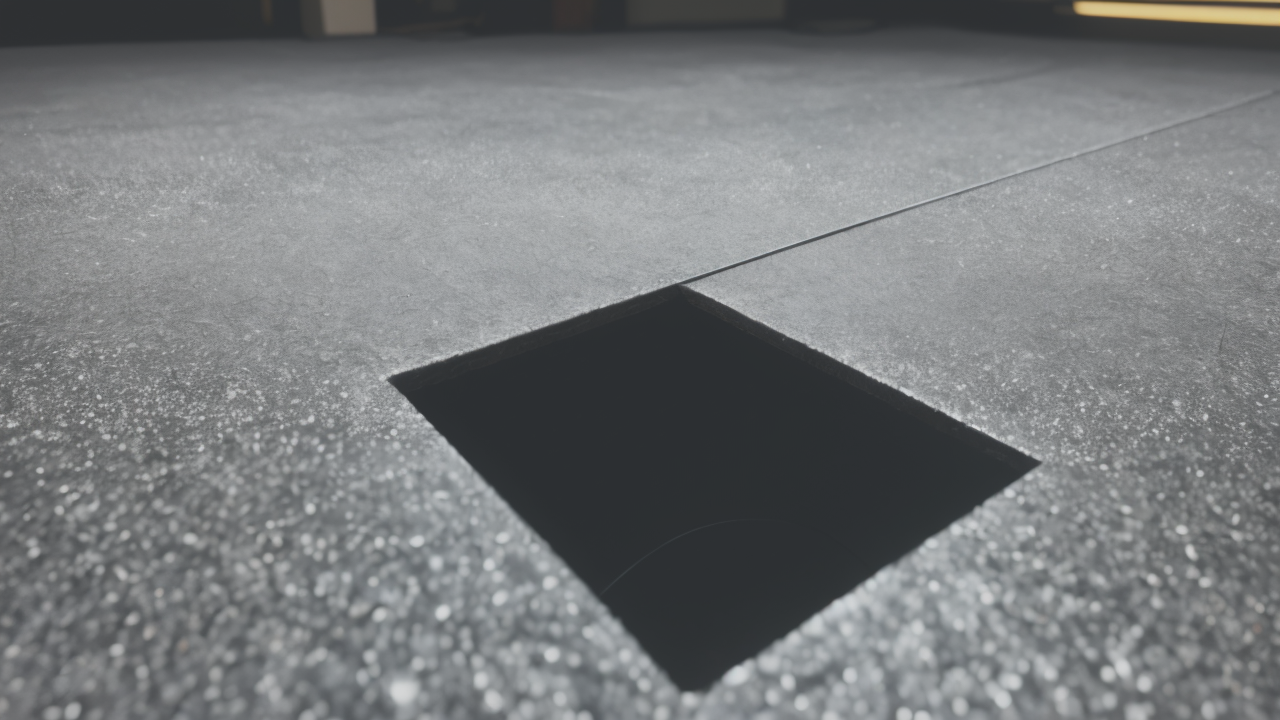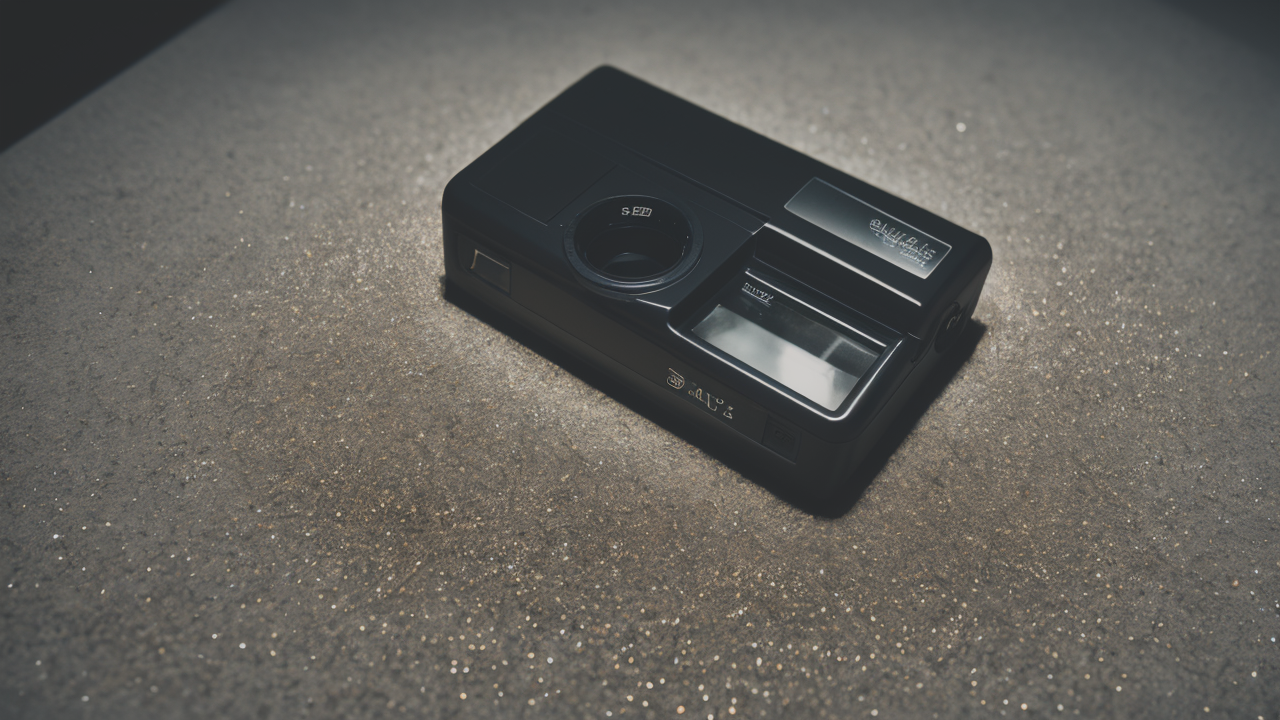
Elevating Your Drawings with Plaster Textures: A Comprehensive Guide for Artists
Understanding Plaster Art Textures: An Overview
The Importance of Textures in Plaster Art
Textures play a vital role in plaster art. They add depth and character to flat surfaces. Without texture, plaster art can look dull and lifeless. Textures create visual interest and invite closer inspection.

In plaster art, textures can mimic natural surfaces or create abstract patterns. They affect how light interacts with the artwork. This interplay of light adds dimension to the piece. It can make a flat surface appear three-dimensional.
Textures also evoke emotions and set the mood of an artwork. Rough textures might feel rugged or rustic. Smooth textures can seem sleek and modern. By using textures, artists can convey different atmospheres in their work.
SG258 is a popular technique for creating textures in plaster art. It offers versatility and allows for various effects. Artists can use SG258 to achieve both subtle and dramatic textures. This technique helps bring their creative visions to life.
Types of Plaster Art Textures
Plaster art offers a wide range of texture options. Each type creates a unique look and feel. Here are some common plaster art textures:
- Smooth: A flat, polished surface with minimal texture.
- Stippled: A dotted pattern created by dabbing the plaster.
- Swirled: Circular patterns that give a sense of movement.
- Combed: Linear patterns made by dragging a tool through wet plaster.
- Troweled: A slightly rough texture created by the trowel's edge.
- Pitted: Small indentations that mimic natural stone.
- Scratched: Fine lines etched into the surface.
- Layered: Multiple textures applied in layers for depth.
Artists can combine these textures for unique effects. They can also create custom textures with various tools. The possibilities are endless with plaster art textures. SG258 technique can be used to achieve many of these textures.
The Role of Textures in Achieving Realistic Effects
Textures are key to creating realistic effects in plaster art. They help mimic natural surfaces like stone, wood, or fabric. Without texture, it's hard to achieve a lifelike appearance in artwork.
For example, a smooth texture can represent polished marble. A rough, pitted texture might look like weathered stone. Layered textures can create the illusion of tree bark or rock formations. These details add realism and authenticity to the artwork.
Textures also affect how light interacts with the artwork. This interaction creates depth and dimension. Shadows and highlights formed by textures make the art more visually engaging. They can make a flat surface appear three-dimensional.
In sculpture, textures can define different parts of a figure. Smooth areas might represent skin. Rough textures could indicate clothing or hair. These details add realism and character to the sculpture.
Applying SG258 Textures Effectively
Preparing Your Plaster Artwork for Texturing
Proper preparation is key for successful SG258 texturing. Start with a clean, dry surface. Remove any dust or debris. These can interfere with the texture application and affect the final result.

Check the plaster surface for any cracks or imperfections. Fix these before texturing. A smooth base ensures better texture results. If needed, lightly sand the surface for better adhesion of the SG258 mixture.
Gather all your tools before starting. You'll need trowels, brushes, and texturing tools. Having everything ready saves time and prevents interruptions. Choose tools based on the texture you want to create.
Plan your texture design beforehand. Decide which areas will have which textures. This planning ensures a cohesive final piece. It also helps you work more efficiently and avoid mistakes.
Protect areas you don't want textured. Use masking tape or plastic sheets. This step saves time and prevents errors. It's easier to mask off areas than to fix texture mistakes later.
Lastly, prepare your SG258 mixture. Follow the manufacturer's instructions carefully. The right consistency is crucial for good texture results. Mix only what you need to avoid waste.
Step-by-Step Guide to Applying SG258 Textures
- Mix SG258 according to package instructions. Ensure proper consistency.
- Apply a base layer of SG258 to your plaster surface. Use a trowel for even coverage.
- Let the base layer set slightly. It should be firm but still workable.
- Choose your texturing tool based on the desired effect.
- Apply pressure to the tool and drag it across the surface to create texture.
- Work in small sections to maintain consistency across the artwork.
- Blend the edges of each section to avoid visible seams.
- Allow the texture to dry completely before adding more layers if desired.
- If needed, apply a second layer of texture for more depth and complexity.
- Clean your tools immediately after use to maintain their quality.
Take your time with each step. Rushing can lead to mistakes. Practice on a small area first. This helps you get a feel for the technique. Remember, texture application is a skill that improves with practice.
Tips and Best Practices for Texturing with SG258
Consistency is key when applying SG258 textures. Use even pressure as you work. This ensures a uniform texture across the surface. Work in good lighting to see your progress clearly.
Work quickly, as SG258 can set fast. Prepare small batches if needed. This prevents waste and ensures fresh material. Keep a damp cloth handy to clean up mistakes promptly.
Experiment with different tools for varied textures. A trowel, sponge, and brush can all create unique effects. Don't be afraid to try unconventional tools. They might create interesting textures.
Consider the scale of your texture. Fine textures work well for small areas. Larger textures suit bigger surfaces. Match the texture size to your artwork's overall scale for best results.
Layer textures for more complex effects. Let each layer dry before adding the next. This creates depth and visual interest. Be careful not to overwork the surface. Too many layers can look muddy.
Clean your tools regularly as you work. Dried SG258 can be hard to remove later. Proper tool care ensures better results and longer tool life. Always wear protective gear like gloves and a dust mask.
Evaluating and Enhancing Your Results
Assessing the Quality of Your Texturing Job
After applying SG258 textures, take time to evaluate your work. Look at the surface from different angles. Check it under various lighting conditions. This helps you spot any issues or inconsistencies.

Feel the texture with your hands. It should match your intended design. If it's too rough or smooth, adjust your technique for future projects. Remember, practice leads to improvement.
Check for even application across the entire surface. The texture should be consistent unless intentionally varied. Look for any missed spots or areas that need touch-ups. Fix these while the SG258 is still workable.
Examine the edges where textured areas meet untextured ones. These transitions should be clean and deliberate. Messy edges can detract from the overall quality of your work.
Consider the texture's relationship to the artwork's theme or subject. Does it enhance the piece's message or mood? If not, think about how to adjust it in future projects.
How to Integrate SG258 Textures into Your Overall Design
SG258 textures should enhance your plaster art, not overpower it. Use textures to complement the overall design. They can guide the viewer's eye or highlight specific areas of interest.
Consider using different textures to create contrast. Smooth areas next to rough ones can add visual interest. Vary the scale of textures to create depth and dimension in your artwork.
Think about how the textures will interact with color. Some textures may be more visible with certain paint finishes. Plan your color scheme with texture in mind for a cohesive result.
Use textures to tell a story or convey a theme. For example, rough textures might represent struggle, while smooth ones suggest calm. Let the textures contribute to the narrative of your artwork.
Balance is key when integrating textures. Too much texture can be overwhelming. Too little might not have the desired impact. Find a middle ground that serves your artistic vision.
Post-Texturing Finishing Touches and Techniques
Once your SG258 textures are dry, you can add finishing touches. Light sanding can soften harsh textures if needed. Use fine-grit sandpaper and be gentle to avoid damage.
Consider applying a sealant to protect your textured surface. This is important for outdoor or high-traffic pieces. Choose a sealant that won't alter the texture or color of your artwork.
Painting can enhance your textured plaster art. Use techniques like dry brushing to highlight the texture. Experiment with different paint finishes to achieve your desired look.
Add depth by applying a wash or glaze over the textured surface. This can bring out details and create subtle color variations. Wipe away excess to reveal the texture beneath.
You can also add accents to specific areas. Use metallic paints or leaf for a touch of glamour. Or, embed small objects into the texture for added interest. These details can make your artwork truly unique.
Remember, these finishing touches should enhance, not hide, your SG258 textures. The goal is to showcase the beautiful textures you've created in your plaster art.


